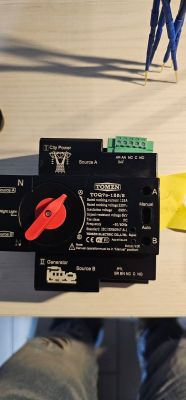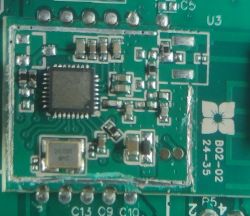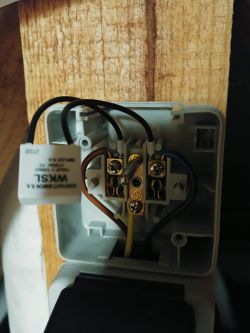FAQ
TL;DR: Got LED strings glowing when a Tuya/Smart Life plug is “off”? Use a parallel shunt via a 2‑socket splitter. "Plug some sort of splitter or extension cord with 2 sockets into the WiFi socket..." Then add a capacitor across the lights. [Elektroda, Adam-T, post #20303260]
Why it matters: This stops ghost lighting without replacing your Tuya/Smart Life gear and keeps displays truly off.
Quick Facts
- Place 1 shunt capacitor in parallel with the LED load on the plug’s output; a 2‑socket splitter helps. [Elektroda, Adam-T, post #20303260]
- Quick workaround: plug a lamp with a bulb into the same output; its cold resistance bleeds the leakage. [Elektroda, LEDówki, post #20301549]
- Don’t put the capacitor before the WiFi plug; “The capacitor should be in parallel with the lamps.” [Elektroda, LEDówki, post #20303052]
- Example scenario: decorative icicle lights with a programmer (~1000 LEDs) still glowed when “off.” [Elektroda, _wide, post #20301437]
- Alternate fix: swapping to a Tuya relay switch module upstream, plus the capacitor, resolved the issue. [Elektroda, _wide, post #20303519]
How do I fix LED lights that glow when my Tuya/Smart Life socket is off?
Plug a 2‑socket splitter into the WiFi plug. Connect the lights to one socket and a shunt capacitor to the other. This places the capacitor in parallel with the load after the switch. It provides a bleed path that stops the faint glow. [Elektroda, Adam-T, post #20303260]
Where exactly should the capacitor be installed?
Install the capacitor in parallel with the lamps on the socket’s output. Do not place it upstream of the WiFi plug. As one expert put it, “The capacitor should be in parallel with the lamps.” [Elektroda, LEDówki, post #20303052]
What should I search for when buying the part?
Search for a “capacitor for LED” module. Choose one that fits your plug setup and connect it alongside the icicles. This add‑on is intended for shunting small leakage currents that cause ghost lighting. [Elektroda, Adam-T, post #20301448]
Can I just add a lamp as a dummy load instead?
Yes. Plug a lamp with a light bulb into the same output as the lights. The bulb’s cold resistance bleeds the small current, preventing glow. “This is simpler than fiddling with the socket.” [Elektroda, LEDówki, post #20301549]
I put the capacitor before the WiFi plug and nothing changed. Why?
Upstream placement leaves the WiFi plug between the capacitor and lamps. The capacitor must shunt the lamp load directly. Move it after the plug and wire it in parallel with the lights to be effective. [Elektroda, LEDówki, post #20303052]
Is this a faulty socket or poor quality issue?
Not necessarily. Users fixed the glow by adding a parallel capacitor rather than replacing the plug. This suggests expected behavior with certain LED sets on smart plugs, not a singular defect. [Elektroda, Adam-T, post #20301448]
Do programmable icicle lights behave differently?
They can appear more prone to ghosting on smart plugs. In this case, decorative icicles with a programmer and about 1000 LEDs glowed when “off.” A parallel capacitor or lamp load corrected it. [Elektroda, _wide, post #20301437]
How can I place the capacitor if I lack space behind the outlet?
Use a small splitter or extension with 2 sockets on the WiFi plug. Plug the lights into one socket and the capacitor module into the other. This ensures a true parallel connection after the plug. [Elektroda, Adam-T, post #20303260]
Step-by-step: how do I wire the fix with a Tuya WiFi plug?
- Plug a 2‑socket splitter into the Tuya/Smart Life WiFi plug.
- Plug the LED lights into socket A.
- Plug the shunt capacitor module into socket B, then switch the plug off to confirm no glow. [Elektroda, Adam-T, post #20303260]
Will replacing the plug-in socket with a relay module help?
Yes. One user replaced the plug-in with a Tuya relay switch module before the outlet and kept the capacitor. The glow stopped and the setup worked as intended. [Elektroda, _wide, post #20303519]
I added the capacitor and the LEDs still glow. What next?
If a correctly placed parallel capacitor does not help, consider using a Tuya relay switch module upstream. In the reported case, this change eliminated the glow while retaining smart control. [Elektroda, _wide, post #20303519]






